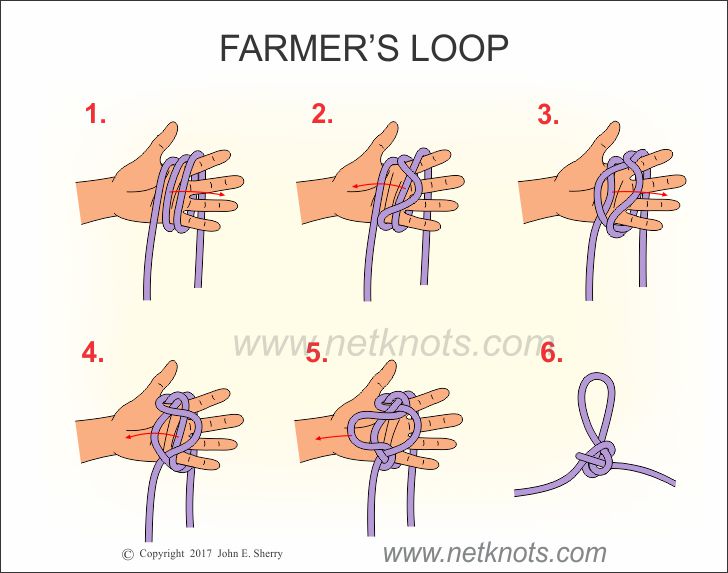Knotorious
That Guy With The Face
I've attached two videos of how to tie the Alpine Butterfly using (what I believe is) a lesser known method! Most of us use one of the two more popular methods, one of which involves creating three wraps around the hand, after which time the loop knot is formed by manipulating a bight formed by one strand, around the other two strands and eventually pulling taught.
This "Hybrid method," as it is called, utilizes only TWO wraps around the hand, it is more ergonomic and thus ties much more fluidly and with less resistance, and it therefore can be tied much more quickly (I make this educated guess based upon the average knot tiers of the world; I have no doubt some people can perhaps tie this knot faster using another method). There is no reason why your experience trying this tying method has to match my claims exactly. You might think it sucks. However, I believe enough people will find it to be superior, or at least appreciate it enough, that I went through with making a thread about it. If moderation considers this spammy, feel free to take it down. It may not elicit a whole lot of discussion, but it spreads useful education as far as I'm concerned. I've been climbing and enthusiastic about knots for over half a decade (although, not continuously) and I just discovered this tying method for the AB this month. The only thing about it that is even remotely wasteful as far as its efficiency is how, during the very last step, the knot must be reoriented 180 degrees before the finished knot emerges.
I'll shut up now. More show, less tell methinks!
Hybrid method from one angle
A different how-to video showing it from a different helpful angle
This "Hybrid method," as it is called, utilizes only TWO wraps around the hand, it is more ergonomic and thus ties much more fluidly and with less resistance, and it therefore can be tied much more quickly (I make this educated guess based upon the average knot tiers of the world; I have no doubt some people can perhaps tie this knot faster using another method). There is no reason why your experience trying this tying method has to match my claims exactly. You might think it sucks. However, I believe enough people will find it to be superior, or at least appreciate it enough, that I went through with making a thread about it. If moderation considers this spammy, feel free to take it down. It may not elicit a whole lot of discussion, but it spreads useful education as far as I'm concerned. I've been climbing and enthusiastic about knots for over half a decade (although, not continuously) and I just discovered this tying method for the AB this month. The only thing about it that is even remotely wasteful as far as its efficiency is how, during the very last step, the knot must be reoriented 180 degrees before the finished knot emerges.
I'll shut up now. More show, less tell methinks!
Hybrid method from one angle
A different how-to video showing it from a different helpful angle
Last edited:

 .
.